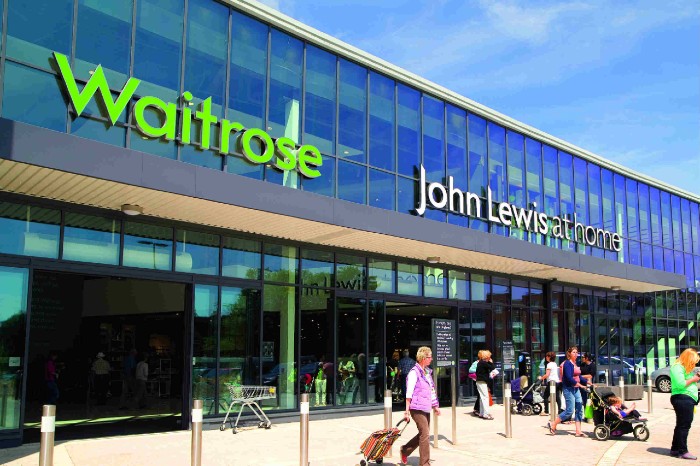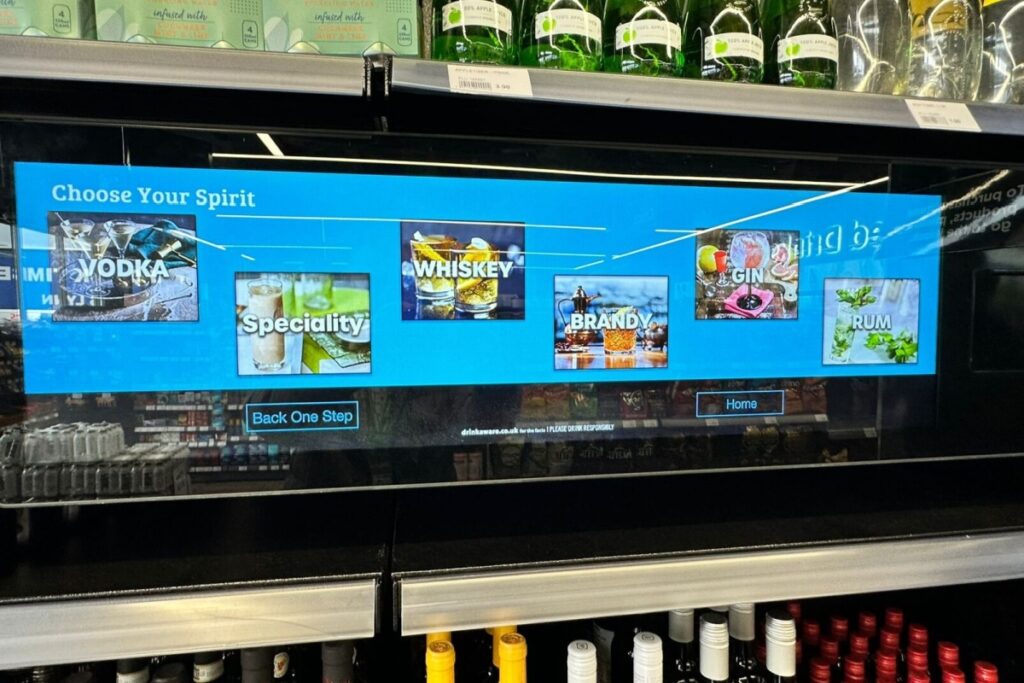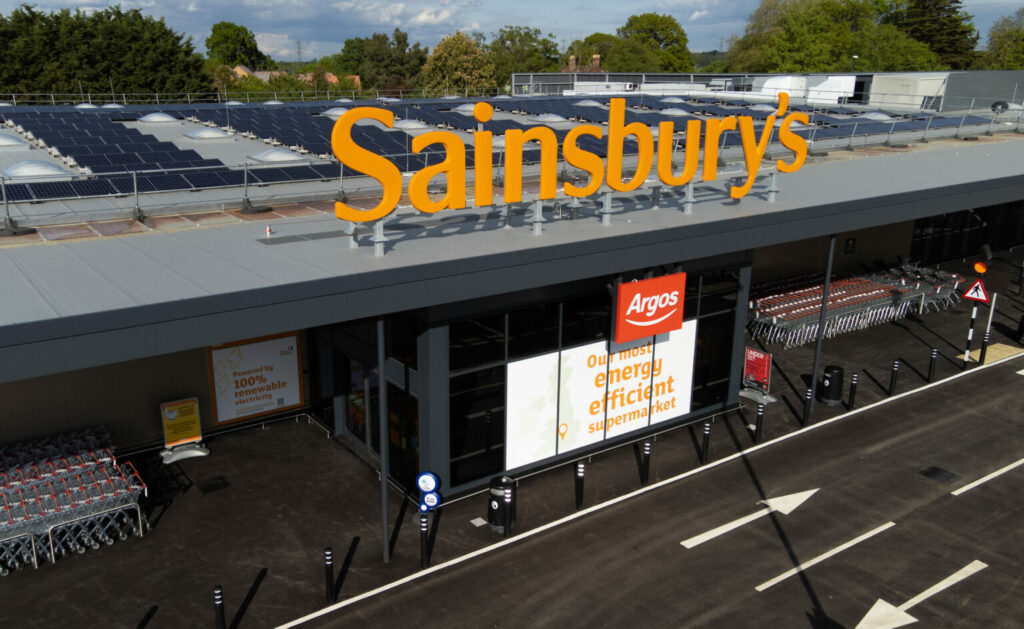Almost four years into Dame Sharon White’s five-year turnaround plan, and John Lewis Partnership has not only unveiled another half of losses, but also revealed the plan will take another two years to complete.
The business has put the delay down to rocketing inflation, which it said has increased its costs by £179m, along with the “greater than expected” investment requirements.
White says: “The cost-of-living crunch means the plan will take longer. Transformation will be deeper and more pronounced.”
The John Lewis chair has not had the easiest run since she outlined her plan in 2020, what with a global pandemic and a cost-of-living crisis to contend with. However, her promise to make £400m in profit looks further away than ever.
The plan involved simplifying how the business works – it had already made more than £300m in savings by March this year – becoming more convenient, appealing to the “next generation”, expanding its services offer, and boosting Waitrose and John Lewis’ value credentials.
White also planned to diversify the partnership into areas such as financial services and housing.

However, almost four years in, and pre-tax losses before exceptionals have narrowed by just 14% to £57.3m in the half year to 29 July, which the businesses pointed out doesn’t take in the last three months of the year, where it typically makes most of its profit.
Pundits were not impressed. Independent analyst Nick Bubb branded the results “disappointing”. “I would have expected the financials to be better,” he says.
However, White insists there is reason for optimism.
“While change is never easy – and there is a long road ahead – there are reasons for optimism. Performance is improving. More customers are shopping with us. Trust in the brands and support for the Partnership model remain high,” she says.
So, what happened during the half?
At Waitrose, sales rose 4% – although with average item price up 9%, volumes were down 5%.
However, trading operating profit improved 16% to £504.4m.
At John Lewis, sales were down 2% as shoppers pulled back on big ticket purchases in the current environment. Operating profit fell back 6% to £277.1m at the department store.
Bubb believes there are reasons to be positive about Waitrose’s performance. “Waitrose has still got its problems but it’s showing signs of recovery. John Lewis is clearly still a loss-making business. It’s problem is there is too much cost in the business and it has too much space. It’s a structurally bad business.”
Meanwhile, Savvy Marketing CEO Catherine Shuttleworth points out that the market will have been much tougher for Waitrose than its stablemate.
“The food business has got more competition than it’s ever had. And arguably, the department stores have got less competition than they ever had.”
Indeed, its biggest rival Debenhams, which had close to 170 stores, exited the market just two years ago.
One department store executive says: “Where has Debenhams’ market share gone? It’s clearly not going to John Lewis. It should be cleaning up right now.”
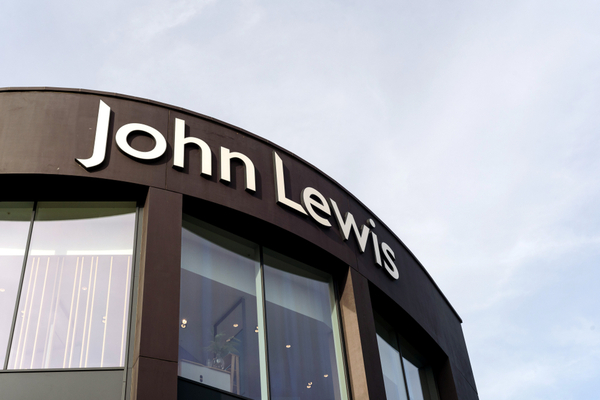
The market is tough right now and shoppers are holding back on big ticket items, which have traditionally been an area of strength for John Lewis. Home sales were down 5%, and technology sales edged down 4% over the half.
By contrast, fashion sales grew 3% and beauty was up 2%, as customers were prepared to buy themselves little treats.
“More loafers and fewer sofas”, as the business termed it.
GlobalData global research director Patrick O’Brien says: “Obviously inflation is making trading difficult. However, John Lewis should be doing better as it typically has a more affluent customer and they have not been hit by the cost-of-living crisis anywhere near as badly as lower socio economic groups.”
Bubb agrees and points out that M&S has managed to execute a turnaround successfully in the same environment as John Lewis.
How John Lewis and Waitrose plan to improve performance
There are plans underway to bring the business back to growth.
John Lewis has bolstered its fashion offer with the introduction of 50 new brands, including JoJo Maman Bebe and Le Specs, with an additional 21 set to join the roster in the second half.
Meanwhile, it is trying to entice shoppers to make big ticket purchases despite the tough economic climes.
John Lewis commercial director Kathleen Mitchell says: “Because we know our customers are thoughtful about big ticket spending, we want to give them a choice. We’re expanding our ways to pay with interest-bearing credit in store and online to help customers spread the cost.”
The credit offer will launch in mid-October. It is also upping its brand partnerships in home and technology to improve its product offering.
Mitchell highlighted the work it had done with Apple and said it had introduced pre-ordering for the first time when the latest Apple watch launched.
O’Brien says there are “signs of John Lewis putting up more of a fight”.
However, Shuttleworth points out the department store is “up against really strong competition with M&S launching their latest range with Sienna Miller”.
At Waitrose, there is a big focus on improving its price perception. The grocer’s executive director James Bailey points out it had made a record £100m in price cuts this year and said “our customers have reacted by buying more and more often”.
Its ‘New Lower Prices’ campaign drove product sales growth of 12%, with volumes up 13% year-on-year.
It will launch a third round of price cuts in the second half as shoppers continue to make savvy choices.
O’Brien says the move is not about winning new customers, but giving its existing shoppers “some assurances that essentials and everyday items are not going to be price gouged”.
Waitrose is also focusing on its animal welfare credentials, which have been a prominent feature of its latest advertising campaign, as it believes this will rise up its customers’ purchasing priorities as inflation falls.
The upmarket grocer also stands to benefit from shoppers cutting back on eating out. Bailey says: “Sales of our super premium dry aged beef are also up as customers look for restaurant quality eating-in options.”
Is it the right plan?
With a two-year delay revealed, is John Lewis on the right track?
Jonathan De Mello, CEO of retail consultancy JDM Retail, has his doubts.
“The John Lewis transformation plan is not going well, and this latest setback is no surprise,” he says.
“An innovative and fresh approach is commendable, but much of their more recent strategies appear to be misdirected – such as the mooted movement away from their partnership model, which has always been a major USP for them, and their bold growth plans for their online business – whilst closing physical stores that not only drive click-and-collect sales but also generate significant ‘halo’ to online.”
Shuttleworth says: “It was always going to be a big hill to climb – there’s still a way to go to the top.”
Although she acknowledges that the “backdrop of economic uncertainty has made the transformation plan quite difficult”, Shuttleworth believes the focus is too centred on cutting costs rather than a retail-led recovery plan.
The business needs to invest more into its marketing strategy and rewards programme to entice shoppers back into its stores, she says.
O’Brien believes the execution of the plan is being hindered by a lack of money to invest in it.
“The problem for them is how to raise the investment to be able then to invest in their stores, invest in their strategy in order to deliver the profits.
“This [two-year] delay is perhaps symptomatic of the problems that they’re finding in how to do that.”
Another delay White flagged was that of its diversification into areas such as housing. The John Lewis chair wants non-retail to account for up to 40% of its revenue.
She was firm about the plans in this area. “Diversification remains a really important goal for the business, not least in terms of our balance sheet,” she says.
However, the financial viability of these schemes has been questioned after it emerged that one of the three housing schemes the business has in the works, the construction of more than 400 flats above a Waitrose store in West Ealing, could cost the company far more than its worth on paper.
Planning documents have revealed the development could result in a negative return of £57m.
Retail watchers have remained dubious about the move into housing. Shuttleworth says the business “cannot afford to the distraction”.
“The housing venture has got to be a side activity to getting their retail business. What we really need is a resurgent John Lewis business in retail,”she says.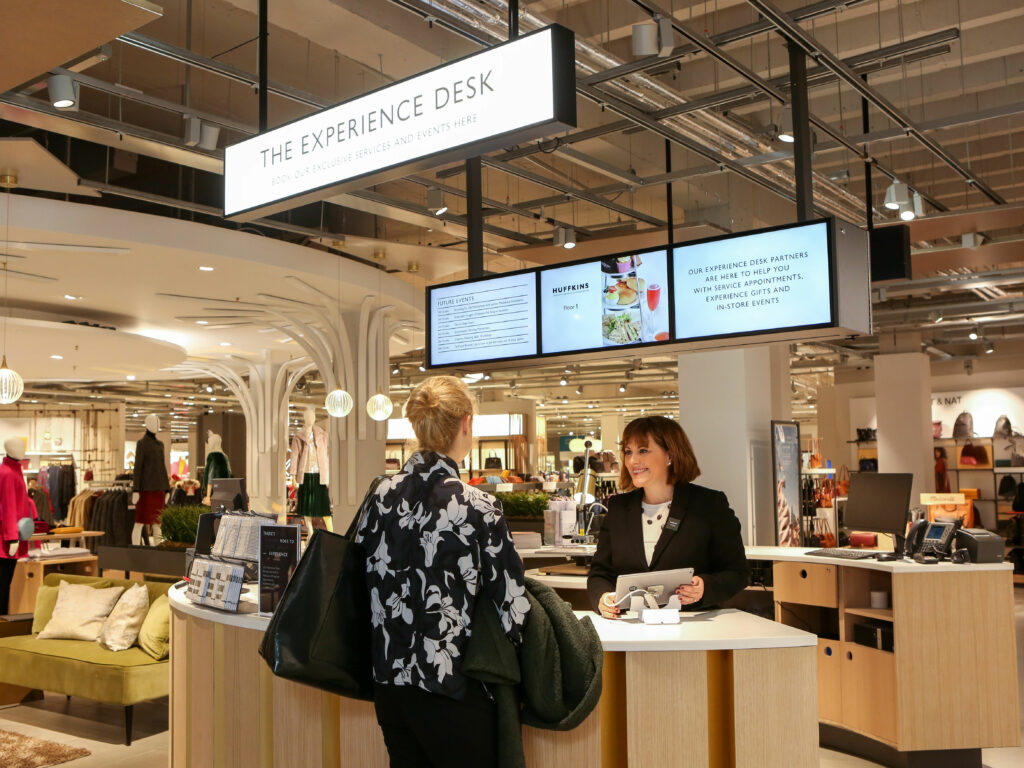
De Mello brands the focus on non-retail as “ludicrous”.
“John Lewis really does need to focus on getting the retailing basics right first – as the likes of Marks and Spencer have successfully achieved.
“It may have taken M&S some time to turn their business round, but its re-entry to the FTSE 100 highlights the positive progress they have made over the past few years.
“John Lewis, on the other hand, appears to be moving backwards. Clear focus on retail and only retail is urgently needed.”
White and her team may have handed themselves an extension to their turnaround project, but patience is wearing thin.
This will undoubtedly be true internally. The delay to the plan and it being loss-making once again will put the partner bonus at risk this year.
If it is once again cancelled, it will be sure to hit morale at a time where White needs her staff firing on all cylinders as they desperately try to make headway with her plan.
Questions are sure to turn to whether John Lewis has the right management team to lead this transformation, says Bubb.
Let’s not forget White is still bruised from the crunch confidence vote that she narrowly won at the partnership council meeting in May.
Not just action, but results are needed from White and her team – and they’re needed fast.
Click here to sign up to Retail Gazette‘s free daily email newsletter

